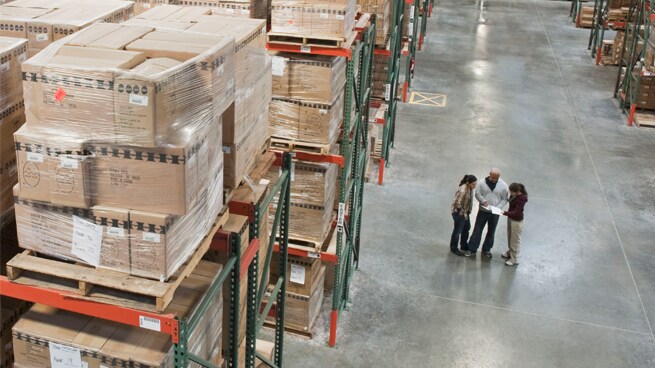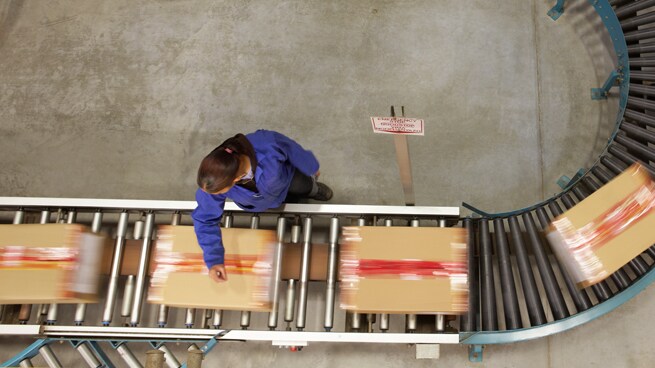Consumer packaged goods (CPG) companies are playing an essential role during the COVID-19 crisis, keeping consumers supplied with the products they need to survive as they change how they live and work — as well as what they buy. They are signaling that loyalties forged during this crisis may last well into the future. Companies that combine the leading consumer-facing experiences with agile supply chains are best positioned to respond to the heightened uncertainty that characterizes this environment.
Where are we today?
In the early days of the COVID-19 crisis, CPG manufacturers focused on clear priorities: safety, product availability and a strong balance sheet. As some retail customers began reopening, there was uncertainty about the resurgence of the virus and the ensuing impact on the economy.
Also uncertain is whether evolving consumer priorities forged during the crisis will last through the recovery and beyond. While they sheltered in place at home, consumers stocked up on food and other essentials. These items experienced an initial bump, followed by a sustained increase compared to pre-crisis levels. Online shopping — with both store pick-up and home delivery — also experienced a sharp uptick, creating opportunities for CPG manufacturers to work with retailers to win the trip.
These trends may persist for a while after the economy reopens. However, uncertainty continues to be the order of the day, requiring companies to gird for change.
Key sources of uncertainty will persist
Demand levels
- To what extent can prior consumption trends resume or be impacted, and how can this differ based on how COVID spread geographically?
- How can demand adjust across on-premise and at-home occasions as the economy reopens?
- Will brand and store loyalty shift based on consumers’ experience during the crisis?
Price point
- How can the mix of sales be impacted across price points?
- How can shifts in demand impact perceived value and price-pack architecture decisions?
- How long can any tradedown effects last, and when will consumers look for more “affordable luxuries?”
- Will consumers’ willingness to pay for convenience and quality experiences remain higher?
Consumer behavior
- To what extent can learned behaviors for ecommerce persist?
- How can the mix of delivery vs. pick-up evolve for ecommerce?
- Will the trend toward subscriptions accelerate?
- Will consumers’ engagement in experiential events resume to prior levels, or will they seek out more virtual ways to enhance their category knowledge?
To deal with sustained uncertainty, companies will need to better manage how they anticipate and plan for fluctuations in demand. A robust demand-sensing capability will require enterprise-wide collaboration across the supply chain, finance, sales and marketing. By using a combination of consumer insights, COVID-19 scenarios and their own customer data, CPG firms can better predict and mobilize against changes to consumption, channel mix and product demand by ZIP code.
What are businesses learning as they reopen?
CPG companies will need to make reasoned, data-driven decisions about how best to focus their investments across the organization — while also helping confirm employee safety and conducting business in an environment of continuing uncertainty. They will need to invest strategically in the following areas:
How can CPG manufacturers respond?
CPG companies should take bold action to emerge stronger from the current crisis. While stabilizing near-term operations, they also should focus on strategic investments to reshape capabilities and cost structures, proactively reshape the structure of the industry itself and modernize workforces. A balanced mix of initiatives are expected to deliver value over the near term as well as into the future.
The path forward
In the wake of COVID-19 and the resulting economic downturn, CPG companies are moving quickly to respond to changes in consumer behavior. They have already begun revamping their innovation portfolios, operations and marketing. As with past economic downturns, consumer behavior will fluctuate for a while before settling into a new equilibrium.
A few signs are already emerging, however, about the staying power of ecommerce and consumer preferences that are likely to last beyond the current crisis. Bold leaders will act on signals, reimagining their capabilities and engaging employees to unlock growth over the long term.

















